54th IASA CONFERENCE & 4th ICTMD FORUM
Collaborating to preserve and safeguard audiovisual and related heritage
Istanbul, 11-15 September 2023. Report by IAML President Pia Shekhter
I had the great pleasure to attend the 54th IASA Conference & 4th ICTMD Forum in Istanbul, 11-15 September. The conference took place at the Istanbul University, founded in 1453. This was my first IASA conference, as well as my first meeting with ICTMD. It was also my first visit to Istanbul. The experience was quite overwhelming and it is not simple to condense all the impressions, but I will try!
The conference was the first joint meeting with IASA (International Association of Sound and Audiovisual Archives) and ICTMD (International Council for Traditions of Music and Dance – the name recently changed from the International Council for Traditional Music, ICTM). The week was divided into two parts: the first four days were “IASA-oriented”, followed by a Forum with ICTMD the last day. IASA’s annual conferences are otherwise usually 3-4 days long. ICTMD has biennial one-week long world conferences, as well as symposia, colloquia and fora.
There were 186 in person attendees and 121 people participated online - all sessions in the big hall were available via Zoom. More than 50 countries were represented. Surprisingly, about one third of the participants in the conference were neither members of IASA nor ICTMD. IASA has around 300 members and ICTMD approximately 1400.
My main objective during the conference was to represent IAML and to promote our coming congress in Stellenbosch, South Africa. During the General Assembly I extended greetings from IAML and welcomed everybody to Stellenbosch next year and at the Closing Plenary I talked about IAML's interest in future collaborations with IASA and ICTMD.
I also had a very nice and productive lunch with Tre Berney (President of IASA), Svanibor Pettan (President of ICTMD), Patrick Midtlyng (the new President of IASA, after the conference) and Richard Ranft (Web Manager of both IAML and IASA). We were all enthusiastic about reviving the collaboration between our organizations. IASA is in fact an offspring of IAML and was founded in 1969. The last time IAML and IASA had a joint congress was in Oslo in 2004. The first‑ever joint conference of IAML, ICTM and IMS was held in Abu Dhabi in 2017 and “the International Music Forum of Six Societies” (ICTM; SEM; IMS; IAML; IASPM; ATMC) took place in Beijing at the Central Conservatory of Music in 2018.
There were several IAML-members among the participants, so I felt right at home: Jorge García (Institut Valencià de Cultura, Spain), Ruprecht Langer (German Music Archive of the German National Library), Filip Šír (the National Museum in Prague, the Czech Republic), Ferenc János Szabó (Institute for Musicology Budapest, Hungary), Sean Luyk (University of Alberta Library, Canada) and Richard Ranft (retiree from the British Library, UK/Latvia). They were all speakers or moderating a session. Jorge García had a special mission, namely to invite the attendees at the General Assembly to the 2024 IASA conference, which will take place in Valencia, 16 -19 September 2024. Perhaps we can look forward to a future IAML Congress in Valencia, as well? ;-)
The theme of the Conference was Collaborating to preserve and safeguard audiovisual and related heritage. Both IASA and ICTMD have operational and consultative relations with UNESCO. IASA is one of the five founding members of CCAAA (The Coordinating Council of Audiovisual Archives Associations). It was established in 1981 in response to the request from UNESCO for “a cooperation and coordination between organizations tasked with preserving the world’s audiovisual heritage.”
The distinguished keynote speaker was Anthony Seeger and the title of his inspirational speech was Archival collaborations are not always simple: Challenging relationships, structural impediments, and ontological impasses in efforts to safeguard and preserve AV and related heritage. The speaker talked about the vital importance of cooperation, but mentioned the obstacles that often occur and need to be taken into consideration: Institutional cultures, budgets, infrastructure, different languages, the limits of international guidelines for local realities, different missions, bureaucracy, mistrust, historic power relations etc. Anthony Seeger had become ill just a few days before the conference started, but had sent a prerecorded video presentation.
The conference started quite dramatically for the conference organizers: Tre Berney, was unable to leave New York for four days due to a strong hurricane! He was supposed to arrive in Istanbul already on Thursday, but fortunately managed to be just in time for the opening of the conference on Monday.
I had assumed that a conference with IASA would focus mostly on technical matters. The joint meeting with ICTMD had however seemingly inspired also IASA’s members to submit paper and poster proposals about archives with recorded music and dance from around the world. Apart from the presentations, IASA held various section and committee meetings during the week.
A recurring topic during the conference was the many different challenges you often find in archives with sound and audiovisual material. One issue is the shortage of possibilities for education, training and professional development. Hopefully, IASA’s Training & Education Committee will improve the situation. The Committee offers training events, tutorials and workshops. The second edition of the IASA Preservation Training Programme was held at the Shanghai Conservatory of Music in China in August 2023.
Another typical problem is the difficulty to convince decision makers that maintaining an archive requires both expertise and time. The allocated resources are often insufficient. Many archives do not have basic adequate facilities, such as provision for constant temperature and proper humidity. Archivists often have to cope with damaged material as well as a shortage of primary content data.
A different type of problem that was mentioned on several occasions is the difficulty to access many private collections. A prevailing attitude exists: “I own this and therefore people should pay to use it”. The concept of ownership requires special considerations within local and indigenous contexts.
It was clear that the English language presented a challenge for many members. In spite of this, I paid attention to the fact that all presentations during the conference were in English (with a few exceptions in Spanish). IASA has 4 official languages: English, French, German, Spanish, but in practice English is mostly used. The exception is IASA Special and Technical Publications that have been translated into many languages.
It would be impossible for me to summarize the many presentations I had the fortune to listen to, so I have decided to restrict myself to four.
The first was “About my Turkic Folksong Archives” presented by János Sipos from the Institute of Musicology in Budapest. We listened to his recordings of Turkish music from several countries - I have never heard such beautiful dissonances as the ones from Serbia and Romania! Especially fascinating was a unique video recording of a group of women performing a Sufi ritual. This would normally not been seen or heard by anyone outside the community, so it was a real treat. Sipos started his recordings in 1987 and his website contains sound and video recordings, photos and selected publications. All material is freely accessible.
The second presentation that made an impression on me dealt with how the archivists at the American Folklife Center, the Library of Congress, had succeeded in encouraging engagement with the archival material amongst the public. One example is the ongoing project "Sing along sessions” that started during the pandemic. The sessions are very popular, so it is fortunate that the Archive has a huge collection of songs to choose from! Another project in demand is the “Archive Challenge”. Singers, musicians and other artists are “challenged” to explore the archive and find something that they will then create a new and personal version of. The project started in 2015 and has led to a noticeable increase of requests for digitization.
The third presentation had a special importance - an update on the SUCHO Project (Saving Ukrainian Cultural Heritage Online). The objective of the project is “to use the internet archive technology to identify and save Ukraine’s Digital Audiovisual Heritage”. SUCHO saves the material in the Internet Archive, searchable through its “Wayback Machine”. Cultural heritage is protected by national and international legislation and the “blue shield” is an internationally recognized symbol. A destroyed building would of course also ruin any servers inside. Apart from missiles, cyberattacks can erase valuable digital collections. Among the many videos about SUCHO on YouTube there is an introduction, in which one of the three founders, IAML-member Anna Kijas from Tufts University (MA) USA, gives background information on the project. There are different ways you can support SUCHO and IAML is one of the sponsors.
IASA, in contrast to IAML, is not exclusively dealing with music, but all sorts of recorded sound and audiovisual material. The fourth presentation that I would like to mention stood out among the others: “I hear crickets: Otte field recordings in the Academy of Natural Sciences.” As the title indicated, the lecture was about crickets and it included plenty of sound examples. We were shown a photo of one of the “informants” – an individual that looked a little self-important, supposedly as a result of all the attention he received (see photo). The differences between the species were subtle and a musician was therefore appointed to assist the engineer. Apparently, the sound of the recordings leaked into every room in the building and resulted in some confusion, with people running around looking for the crickets. To my great satisfaction I could hear all the crickets during the lecture in spite of my advanced age!
Apart from the engaging presentations during the conference, there were workshops, professional visits, a concert and a memorable farewell dinner on the Bosphorus. I visited the Turkish Music State Conservatory Archive and Documentation Centre at the Istanbul Technical University. The music librarian Güneş Çetinkaya Şerik presented the archives and we were treated to a concert with traditional instruments.
The longer I have worked as a librarian the more interested I have become in archives and have understood how essential it is that we cooperate to safeguard the musical heritage of the world. I therefore truly appreciated the possibility to attend this conference. I hope very much for a close collaboration in the future with IASA, ICTMD and other organizations that share our aims and values.
- Facebook Like
- Share on Facebook
- Log in to post comments


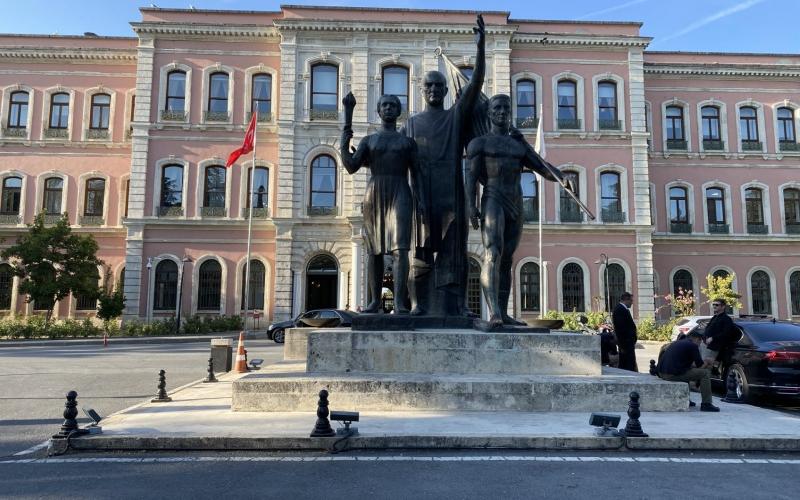
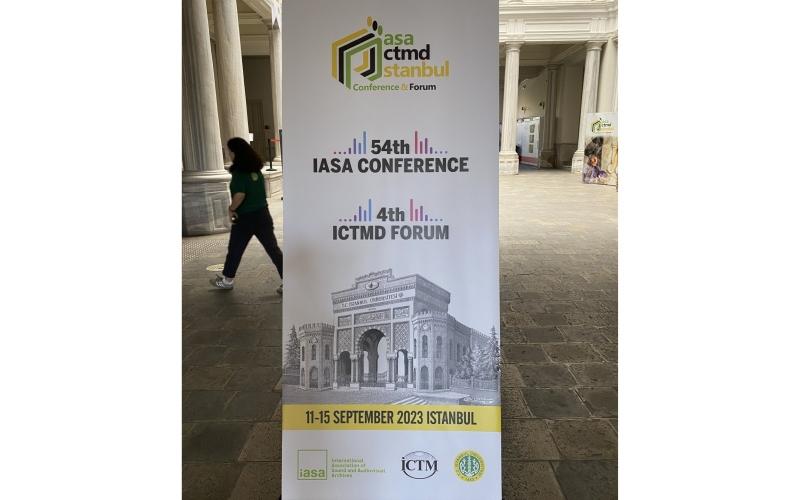
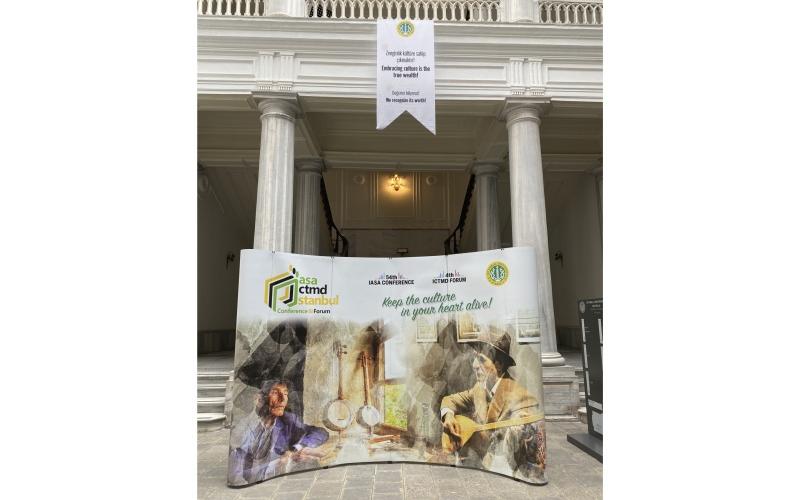
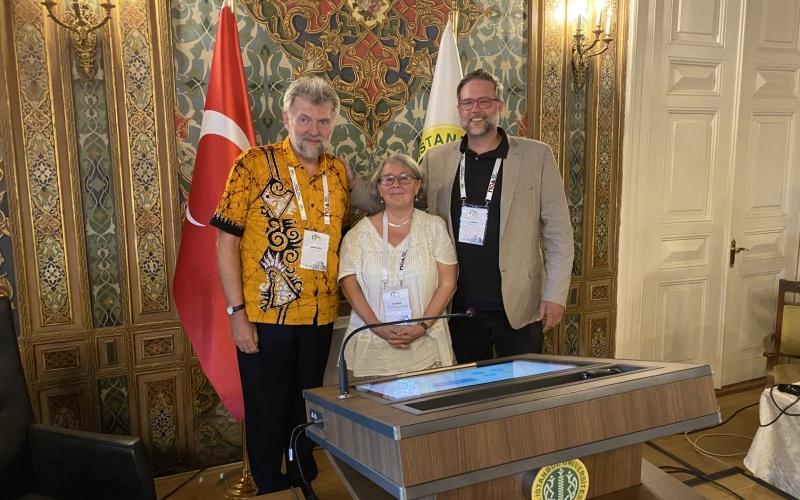
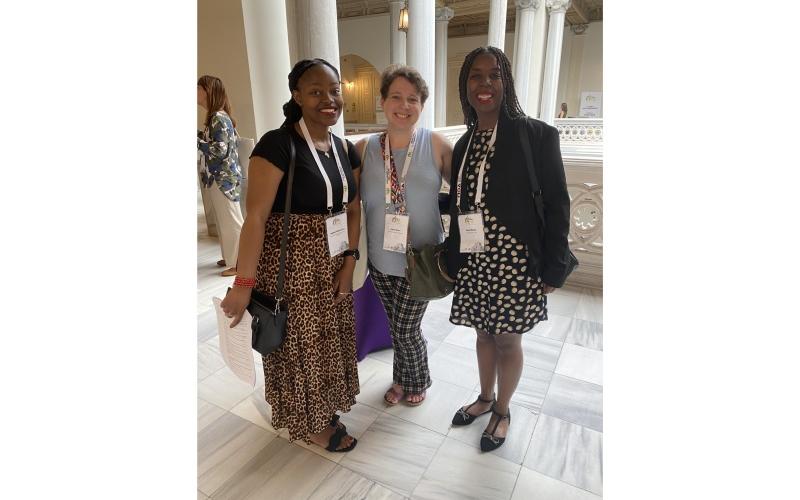
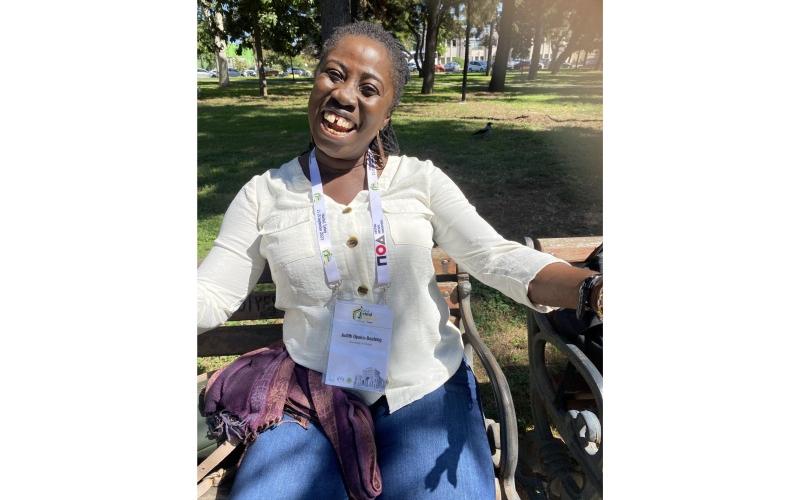
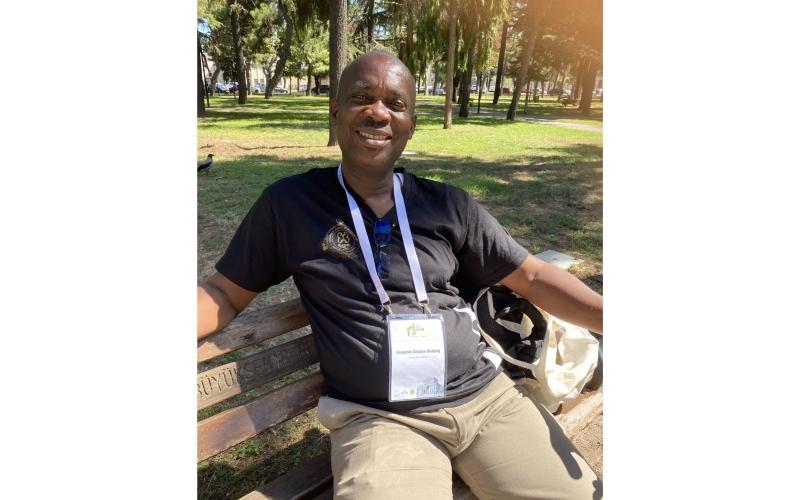
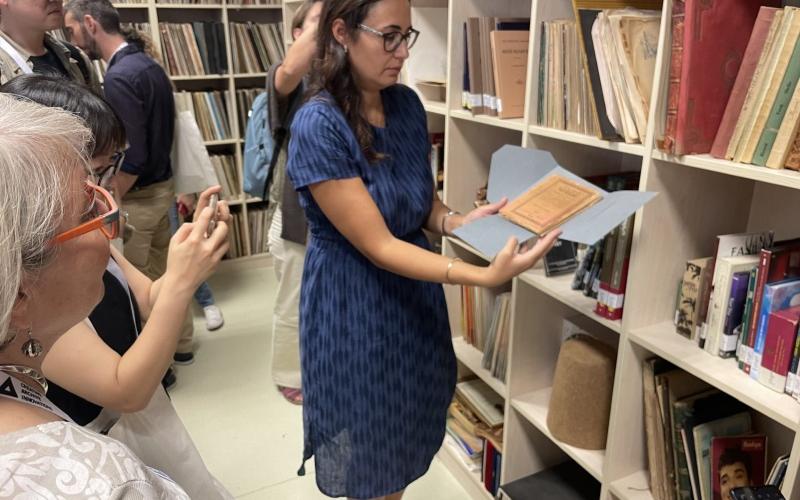
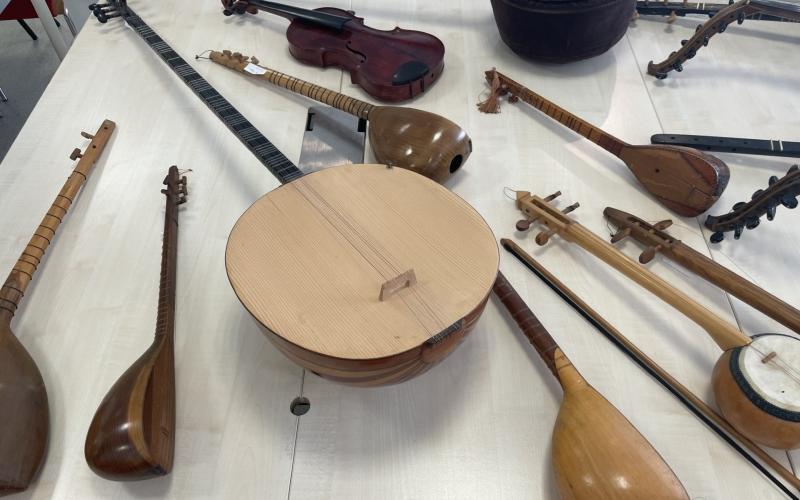
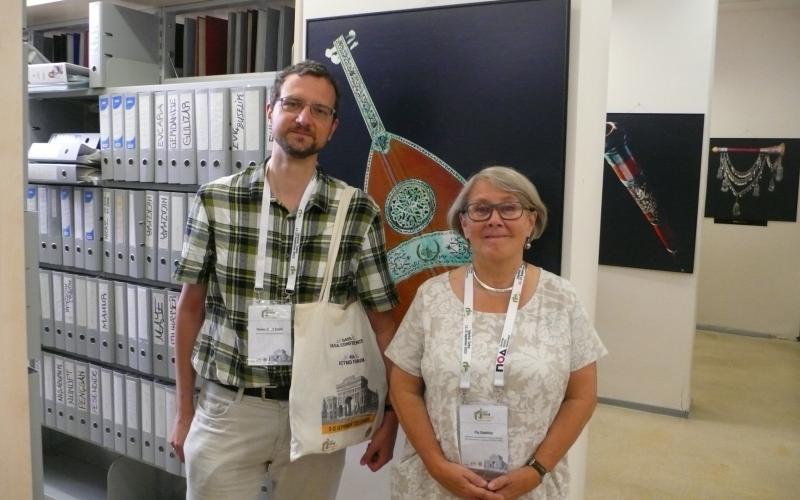
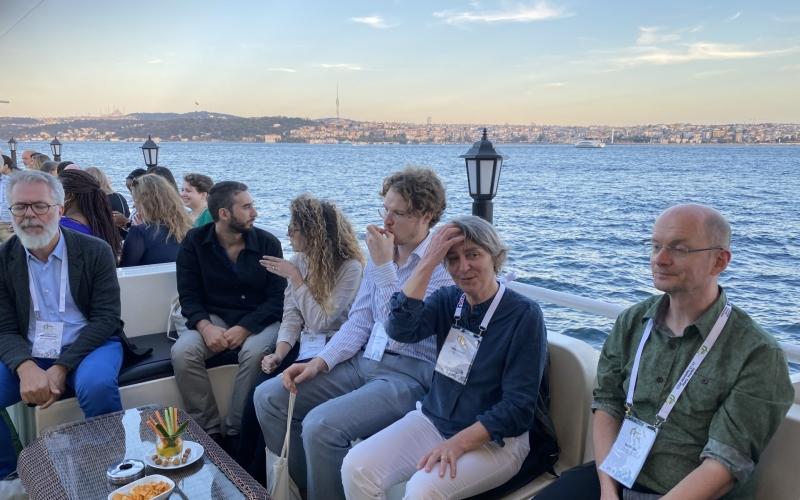
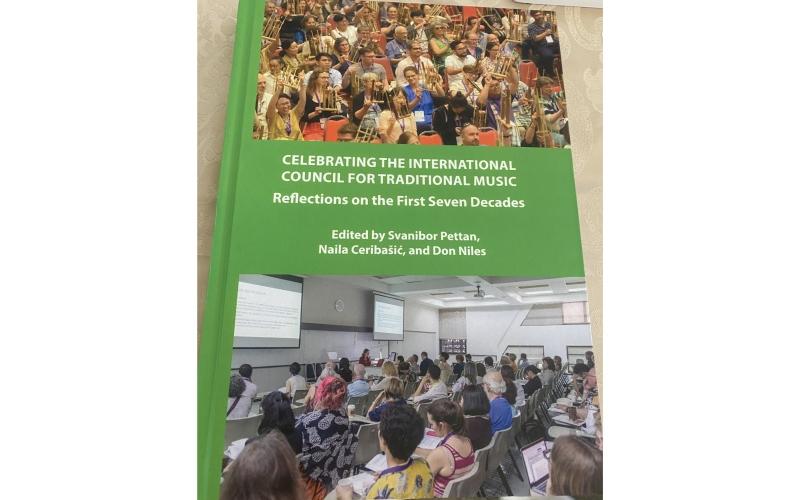
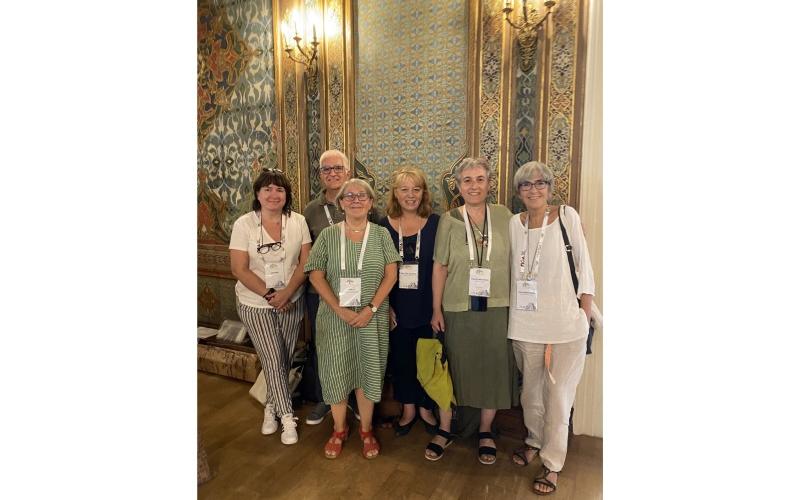
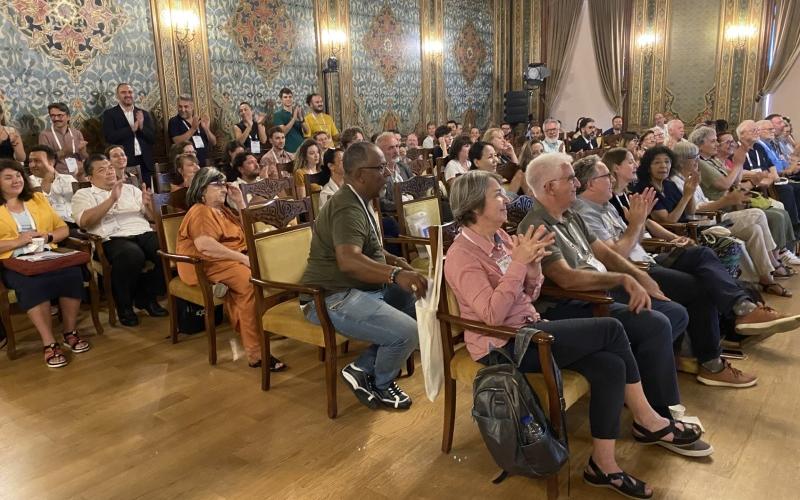
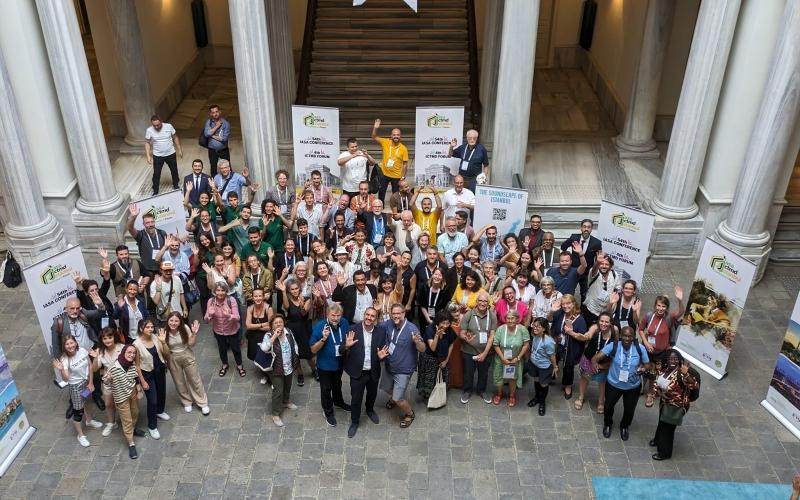
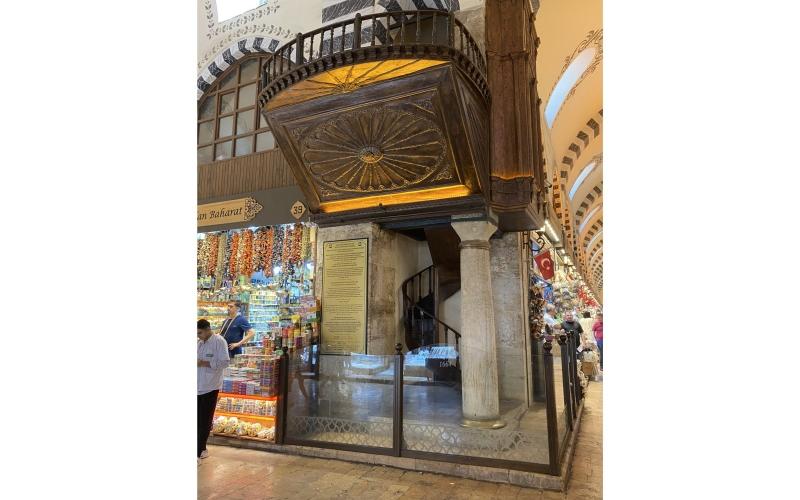
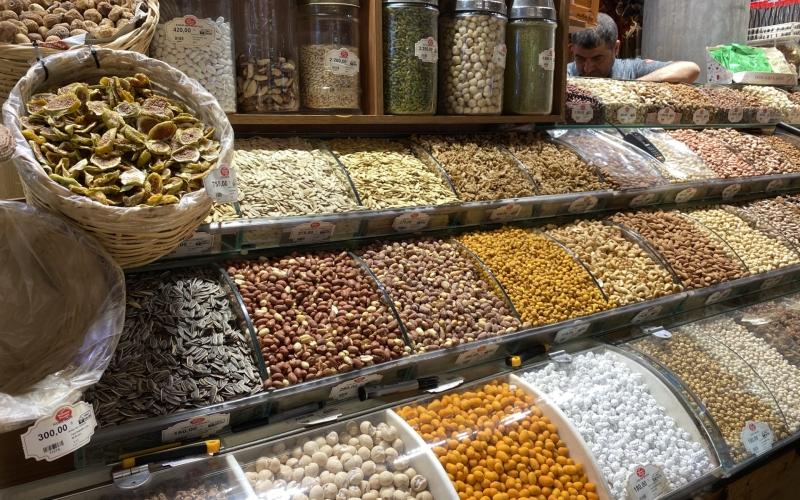
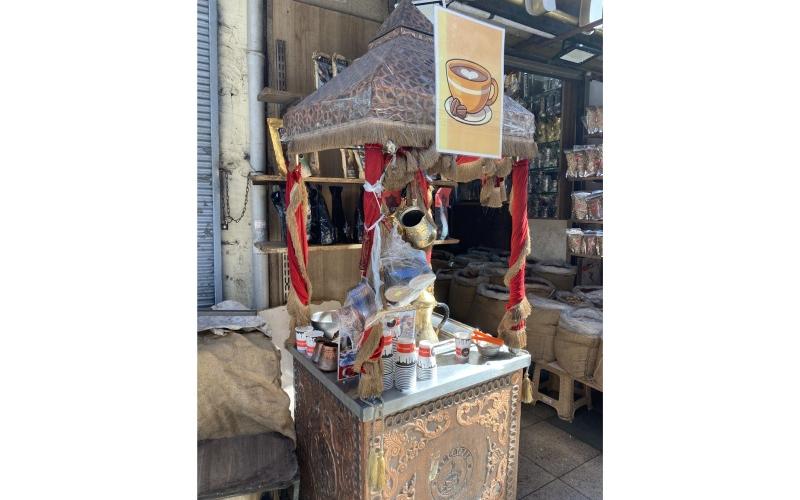
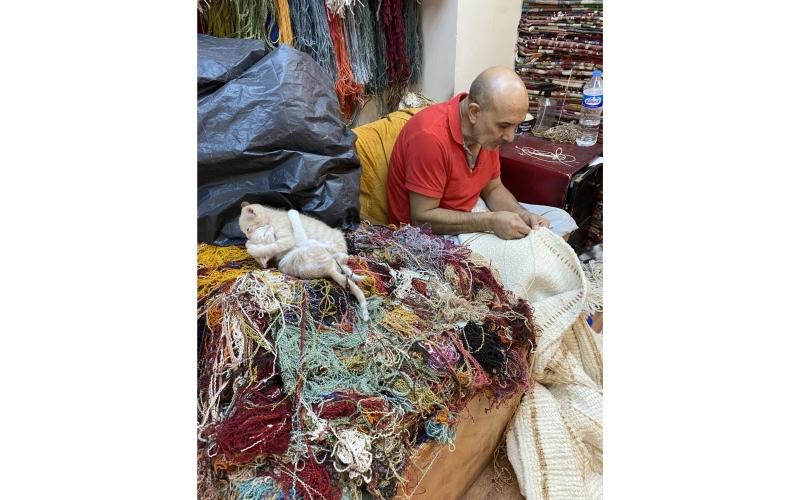
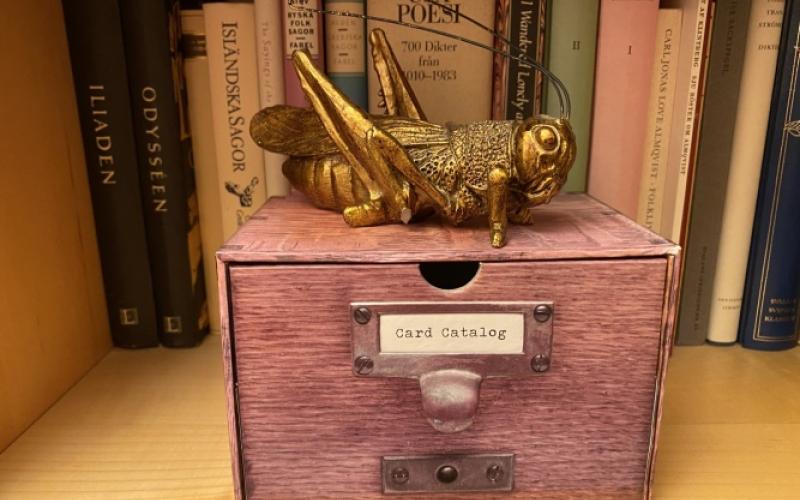
Comments
Sounds archives are so much more than I had imagined!